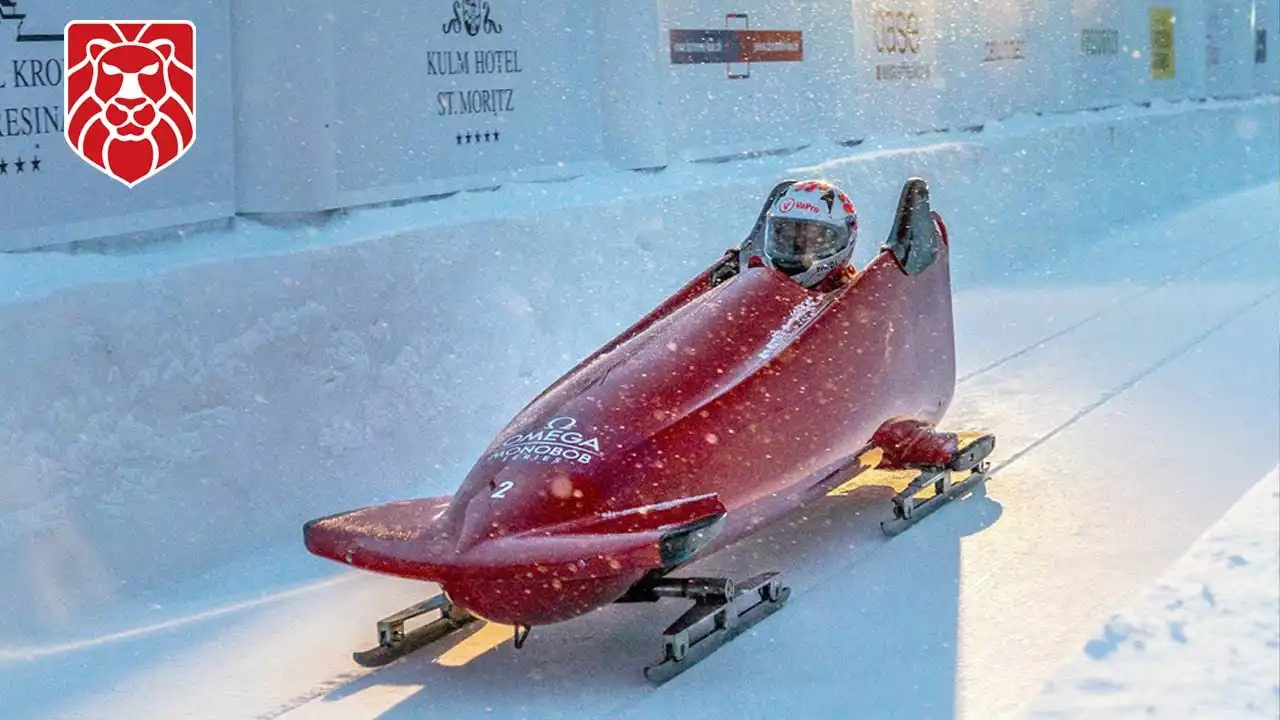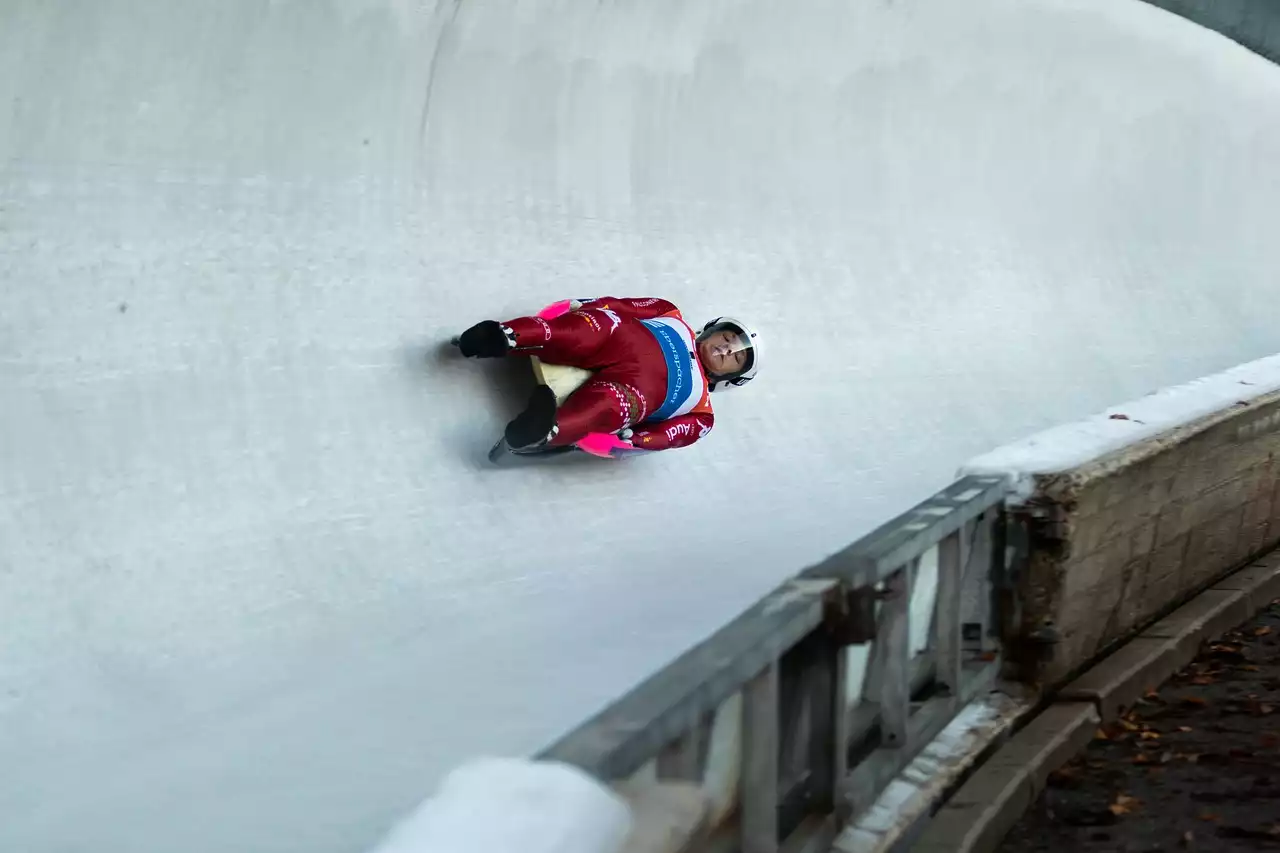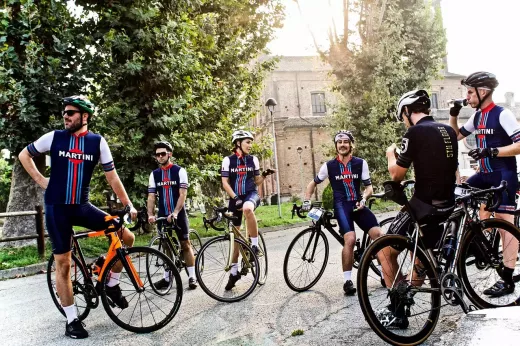The History of Bobsleigh
Bobsleigh, derived from the French word "bobsleigh," meaning "wooden sled," has a rich history dating back over a century. The sport originated in Switzerland in the late 19th century, where it was initially enjoyed as a leisure activity. However, it quickly gained popularity and evolved into a competitive sport. The first recorded bobsleigh race took place in 1883 in St. Moritz, Switzerland, and featured teams racing down a track made of snow and ice. This momentous event marked the birth of organized bobsleigh racing and laid the foundation for the sport's development.
Over the years, bobsleigh has undergone significant advancements in technology, safety measures, and global recognition. Today, it is an Olympic sport with a fiercely competitive international circuit. The sport has come a long way since its humble beginnings, and its history is dotted with thrilling moments that have captivated audiences worldwide.
The First Official Bobsleigh Race
In 1883, the world witnessed the first official bobsleigh race in St. Moritz, Switzerland. This historic event marked the beginning of organized bobsleigh racing and set the stage for the sport's future. Teams from various countries competed against each other, showcasing their skills and pushing the limits of what was possible on a bobsleigh track. The race not only captivated the spectators but also inspired a new generation of athletes to take up the sport.
The first bobsleigh race was a testament to the raw excitement and thrill that the sport offered. The teams enthusiastically raced down the track, maneuvering their sleds with precision and showcasing their athleticism. This momentous occasion laid the groundwork for the sport's future development, leading to bigger and more spectacular races in the years to come.
The Jamaican Bobsled Team at the 1988 Winter Olympics
One of the most inspiring and iconic moments in bobsleigh history was the participation of the Jamaican bobsled team at the 1988 Winter Olympics in Calgary, Canada. The team, consisting of four Jamaican athletes who had never seen snow before, captured the hearts of the world with their determination and underdog story. Their journey from an unlikely tropical nation to competing against the world's best bobsledders was nothing short of extraordinary.
Despite facing numerous challenges, including a lack of funding and access to proper training facilities, the Jamaican bobsled team defied all odds and qualified for the Winter Olympics. Their infectious enthusiasm and never-give-up attitude resonated with people worldwide, making them instant fan favorites. Although their performance in the actual race was not remarkable, their spirit and resilience left a lasting impact on the sport, inspiring generations of athletes to chase their dreams, regardless of the circumstances.
Jamaican Bobsleigh Team Debut At Calgary 1988 Winter Olympics
The Miracle on Ice: The 2002 Salt Lake City Winter Olympics
The 2002 Winter Olympics in Salt Lake City witnessed a bobsleigh moment that would go down in history as the "Miracle on Ice." The event featured the American men's bobsled team, led by driver Brian Shimer, who had been chasing an Olympic medal for over a decade. After years of near misses and disappointments, the team finally achieved their long-awaited dream on their home turf.
In a nail-biting race, the American team delivered a flawless performance, navigating the treacherous track with precision and speed. The crowd erupted with excitement as they crossed the finish line, securing the gold medal and etching their names in bobsleigh history. The Miracle on Ice not only showcased the talent and determination of the American team but also demonstrated the power of perseverance and the indomitable spirit of the human will.
Infamous Crash at the 1964 Winter Olympics
While bobsleigh is known for its thrilling moments of triumph, it has also witnessed its fair share of heart-stopping crashes. One such infamous incident occurred at the 1964 Winter Olympics in Innsbruck, Austria. The Italian bobsled team, consisting of Sergio Zardini and Romano Bonagura, experienced a catastrophic crash during their run, sending shockwaves through the crowd.
As the Italian sled hurtled down the track, it veered off course, hitting the wall with tremendous force. The impact caused the sled to disintegrate, leaving the athletes sprawled across the icy track. Miraculously, both athletes survived the crash, but the incident served as a stark reminder of the risks involved in this high-speed sport. The crash prompted a reevaluation of safety measures and led to advancements in sled design and track construction to mitigate the likelihood of such accidents in the future.
The Tragic Accident at the 2010 Vancouver Winter Olympics
Tragedy struck the bobsleigh world during the 2010 Winter Olympics in Vancouver, Canada, when Georgian luger Nodar Kumaritashvili lost his life in a horrifying accident. Kumaritashvili was practicing on the Whistler Sliding Centre track, known for its high speeds and challenging curves, when he lost control of his sled and crashed into a steel support pillar.
The incident sent shockwaves through the bobsleigh community and highlighted the inherent dangers of the sport. It sparked a global conversation about athlete safety and prompted officials to reevaluate track designs and implement stricter safety protocols. Kumaritashvili's untimely death serves as a constant reminder that bobsleigh, like any high-speed sport, requires constant vigilance and prioritization of athlete well-being.
The Dominance of Germany in Bobsleigh
When it comes to bobsleigh, one nation has consistently dominated the sport – Germany. The German bobsled teams have achieved unparalleled success, winning numerous Olympic medals and World Championship titles. Their technical prowess, meticulous preparation, and unwavering dedication have made them a force to be reckoned with on the international circuit.
Germany's dominance in bobsleigh can be attributed to a combination of factors, including a strong sporting culture, robust funding, and access to state-of-the-art training facilities. German athletes are known for their exceptional technique and ability to navigate the tracks with precision and speed. Their success has inspired future generations of bobsledders and set the benchmark for excellence in the sport.
Bobsleigh in Popular Culture: Cool Runnings and Beyond
Bobsleigh's impact extends beyond the realm of sports, permeating popular culture and capturing the imagination of audiences worldwide. One of the most iconic portrayals of bobsleigh in popular culture is the 1993 film "Cool Runnings." Based on the true story of the Jamaican bobsled team's journey to the 1988 Winter Olympics, the movie brought bobsleigh into the mainstream, introducing the sport to a whole new audience.
"Cool Runnings" showcased the camaraderie, resilience, and determination of the Jamaican athletes, highlighting the human spirit's triumph over adversity. The film's enduring popularity has cemented bobsleigh's place in popular culture, making it a beloved and recognizable sport around the world.











